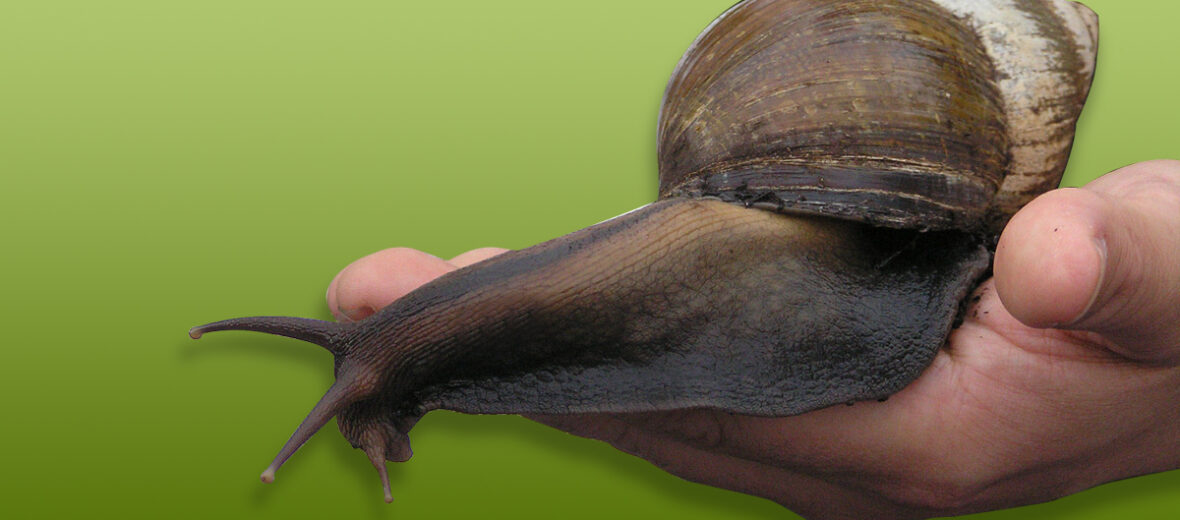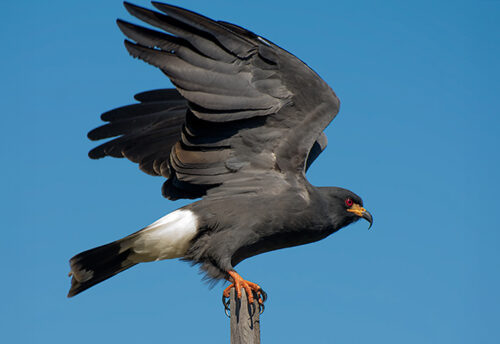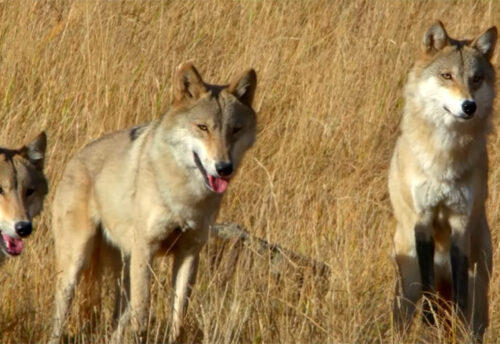
Originating from Eastern Africa, the giant African land snail holds the world record for largest known land snail on the planet. These highly invasive snails can now be found in Somalia in the North to Mozambique in the South, to Kenya. They prefer wetlands, coastal areas, humid forests, agricultural fields, and even urban areas. Land snails have also spread to countries around the world including: the Pacific islands and the Caribbean, Asia, and even the United States. In some locales, African land snails are often collected and eaten as a delicacy. No thanks. I’ll pass. You can keep your nematodes and diseases to yourself. The land snails are listed as one of the top 100 most invasive species in the world by the GISD (Global Invasive Species Database). This article is on special request from Ryan P.
First the Stats…
Scientific name: Achatina fulica
Weight: Up to 5 ounces
Length: Up to 7.8 inches
Height: Up to 3.9 inches
Lifespan: Up to 7 years
Now on to the Facts!
1.) When water is hard to come by this species can enter aestivation. This is where they will shut their body in the shell to retain water for long as they can. This aestivation can last up to 3 years!
2.) Giant African land snails are nocturnal (active at night).
3.) 2 pairs of tentacles adorn their head. 1 pair is used for sight and 1 pair is used as a sense of smell.
4.) They are equipped with a large muscular foot that is used for locomotion. Their foot leaves behind a mucus film that helps to keep them from damaging their tissues.
5.) These snails have a highly developed tongue called a radula. This tongue has small teeth that allow the snails to scrape food off of surfaces.
But wait, there’s more on the giant African land snail!
6.) Being strict vegetarians, they consume fruit, leaves, vegetables, and flowers. They eat up to 500 different kinds of plants in total.
7.) Rhabditid Nematodes can often be found on and in the snail’s body. Plus these snails have been known to carry various diseases.
Did you know…?
African snails can produce 6 clutches of eggs each year. Each egg mass consists of around 200 eggs. 90% of newly hatched giant African snails survive till adulthood. This aids in their invasive nature.
8.) Often times, they are used as fishing bait and for the manufacturing of products like chicken feed and biological compounds.
9.) Rats, crabs, ants, wild boars, birds, and even other snails are their chief predators. Then you add in hungry humans. Again… no thanks.
10.) Giant snails are solitary and only congregate to mate.
Now a Short Giant African Land Snail Video!
Also, check out the Critter Science YouTube channel. Videos added frequently!
Want to suggest a critter for me to write about? Let me know here.



